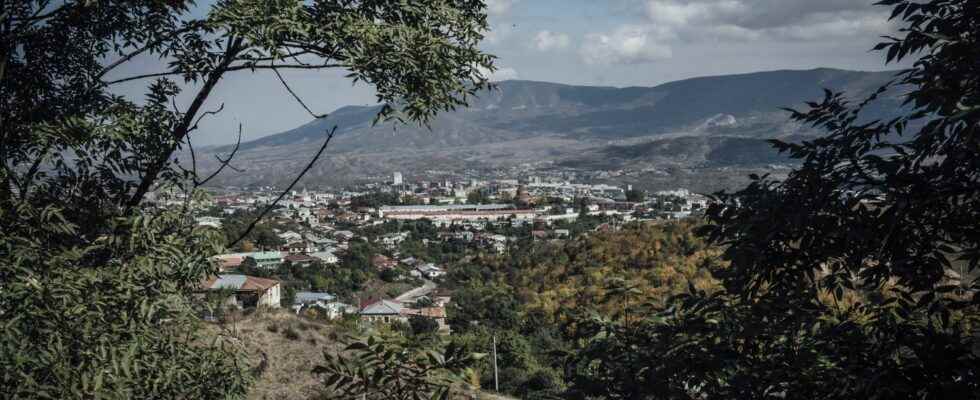The two sides accused each other of having reopened hostilities on Monday, November 7, along the border which separates them : on one side Armenia, 3 million inhabitants on 30,000 km², on the other side Azerbaijan, three times larger and three times more populated. The two countries accuse each other of triggering a resumption of small arms artillery fire when a ceasefire was theoretically in place.
The dispute still relates to the delimitation of the border and especially to the status of the Nagorno-Karabakh zone, a mountainous region located between the two countries. In September 2022, a first resumption of fighting had already left nearly 300 dead after a new offensive by Azerbaijan. And two years ago, in 2020, the clashes left more than 6,000 dead. The authoritarian and over-armed regime of President Aliyev intends to regain full control of Nagorno-Karabakh, a land that is historically populated mainly by Armenians. He also now intends to invest part of the soil of Armenia. It is for the moment difficult to know if the skirmishes of Monday morning are the prelude to a new offensive or only gesticulations to put pressure on the opposing camp a few hours before the opening of new negotiations.
These talks will take place in Washington under the aegis of the head of diplomacy of the United States, Anthony Blinken. The particularity of this conflict is that several powers seek to pose as mediators. And more in a spirit of competition than of collaboration. On the Western side, there is therefore this initiative from Washington and also the establishment three weeks ago of an observation mission on the ground, at the initiative of the Europeans and in particular of France.
Opposite, Russia is also playing its card. Moscow considers this zone of the Caucasus as its private preserve and views Western initiatives with a dim view. At the very end of October, Vladimir Putin brought together in Sochi, on the shores of the Black Sea, Azerbaijani President Ilham Aliyev and Armenian Prime Minister Nikol Pashinian. The two men then engaged “not to use force”. A promise contradicted by the shootings of Monday, November 7.
There is a last important actor, it is Turkey, traditional support of Azerbaijan. Turkish President Recep Tayyip Erdogan also imagines himself in the position of mediator.
This conflict between Armenia and Azerbaijan must therefore be seen as a piece on a larger chessboard. Especially since we could still mention other regional actors: Israel, which has military links with Azerbaijan, and Iran, which on the contrary is rather a competitor of Baku. To complicate the situation a little more, it is also necessary to take into account the immensity of the resources of the basement of Azerbaijan: the 20th resources in the world in oil, the 25th in gas. This led the European Union, in the summer of 2022, to sign a new commercial partnership with Baku, to double its gas deliveries to Europe.
This ringing and stumbling reality is hardly to Armenia’s advantage. We feel that Azerbaijan is also trying to take advantage of the media polarization on the war in Ukraine, to advance its pawns, hoping to do so out of sight.
